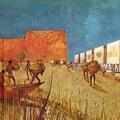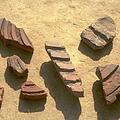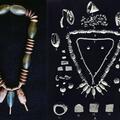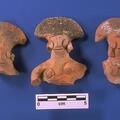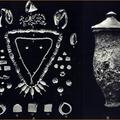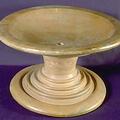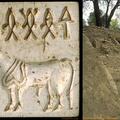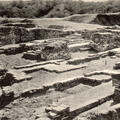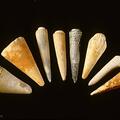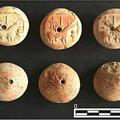Mystery at Mound F: The Granary Fantasy
The phantasm by Sir Mortimer Wheeler (Image 1) , a diagram of the structure by John Marshall (Image 2), photographs by Jonathan Mark Kenoyer and Richard H (Image 3 and 4). The basic function of this structure on Mound F - there is also one in Mohenjo-daro - remains unknown. Still, there has been important work carried out in Harappa that chips away at myths like "the granary."
See also Mystery at Mound F #2 and Mystery at Mound F #3.

